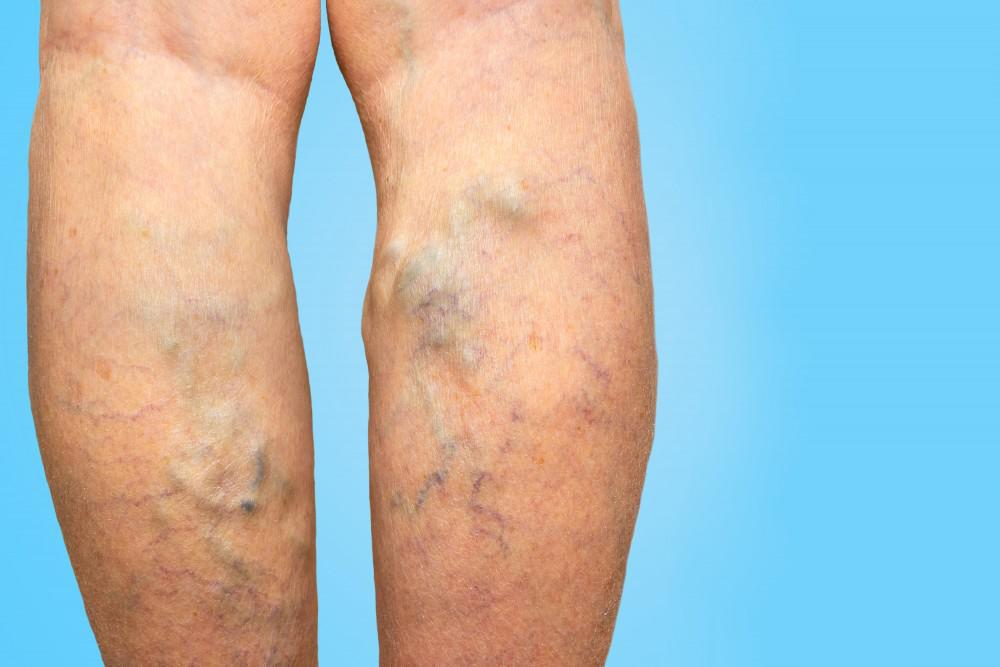No one likes the look of varicose veins. They leave trails of purple, blue, or red lines on your legs, feet, and ankles, often bulging out from the surface, giving them a 3D effect in addition to the discoloration.
Most often, varicose veins are nothing more than a cosmetic issue, which means you have a choice to remove them for aesthetic reasons or safely leave them alone.
But there are some instances when you should address varicose veins for medical reasons. Our team at Rockland Thoracic & Vascular Associates in New York and New Jersey want you to know the difference between harmless varicose veins and the symptoms of a vascular problem. Here’s what you need to know.
What causes varicose veins?
Arteries carry blood from your heart to the rest of your body, while veins return it back to your heart. Arteries have the easier task, as they have the added benefits of momentum from your pumping heart and a downhill trajectory. But veins have the laborious job of transporting blood uphill from your feet and legs, fighting gravity the whole way.
To help keep blood moving in the right direction, veins have internal valves that open and close to prevent backward flow.
If those valves become damaged, blood pools and presses against vein walls, causing the characteristic bulging, twisted, and discolored appearance of varicose veins. Varicosity often starts as you get older and vein walls become weaker.
Standing or sitting for hours at a time can also contribute to this condition. Other factors include:
- Genetics
- Trauma
- Obesity
- Prior blood clots
Varicose veins also sometimes occur during pregnancy, but there’s a good chance they will go away in the months after you give birth.
Signs your varicose veins are serious
Harmless varicose veins typically don’t cause pain or discomfort, so if you start to feel these symptoms, it’s time to get them checked. Another concerning sign is when your legs feel heavy or tired even early in the day and seem achy in general without an obvious reason.
In addition to outright pain, you may experience:
- Throbbing or burning sensations in your lower legs
- Muscle cramps
- Swelling
Many people with varicose veins suffer their symptoms at night, including cramping and a general uneasiness called restless leg syndrome.
Varicose vein disease can also cause leg ulcers below the knees and around the ankles called venous ulcers.
Itchy varicose veins and those that have discolored skin around them may also be a cause for concern.
Complications of varicose veins
There are many things you can do to alleviate some of the symptoms of varicose veins, including exercise, compression stockings, and elevating your legs. At best, these efforts can slow or stop the progression of varicose veins, but they don’t cure the condition.
The goal is to alleviate discomfort and prevent them getting worse. But if these at-home treatments don’t resolve your symptoms or you notice them getting worse, it’s time to come see us.
Untreated varicose veins may break through the skin and cause bleeding. They may also lead to the formation of ulcers, which start as a discoloration of your skin, often near the ankles.
The varicose veins you don’t see may be the most dangerous of all. Deeper veins that become enlarged can lead to persistent leg pain and swelling and deep vein thrombosis (DVT).
You shouldn’t ignore any of these complications, as they may indicate serious vascular problems. Contact us at any of our five locations: Pomona, Fishkill, Goshen, and Washington Heights in Manhattan, all in New York, and Englewood in New Jersey.
Our experts are ready to help you get to the bottom of your varicose vein problem, let you know if they are harmless or need medical attention, and treat them, if necessary, at the state-of-the-art Palisades Vein Center & Medical Spa.

